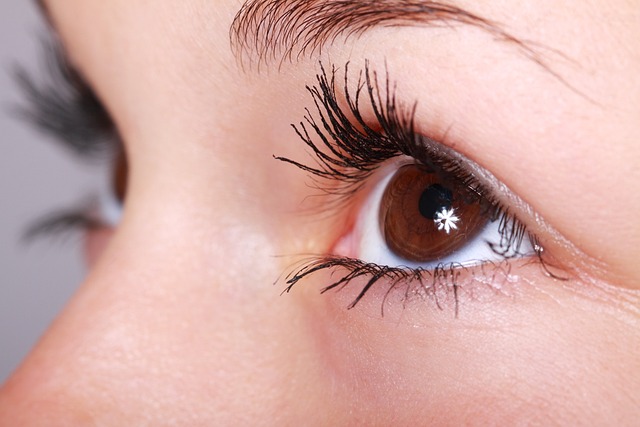An optometrist is a healthcare professional who offers services like eye exams to manage the eye health of adults and children. An eye exam offers an opportunity for the eye doctor to assess your health and write prescriptions for vision correction. Here is more information about what happens during an exam and when you should schedule a visit to the optometrist:
What Happens During an Eye Exam?
Eye exams are a comprehensive process that assesses the health of your eyes and the quality of your vision. The optometrist will begin by asking questions about your medical history, any current eye conditions, and whether you’ve been experiencing symptoms such as blurry vision or dry eyes. Understanding your history helps the doctor identify potential concerns and tailor the exam to your needs.
A big part of the exam is dedicated to assessing how well you can see. This includes common tests like reading letters on an eye chart to measure visual acuity and determining if you need corrective lenses or an updated prescription. Your optometrist will also evaluate how well your eye muscles work together. This may involve following a small object with your eyes to verify they function properly. Using specialized equipment, the optometrist will examine the internal and external health of your eyes. They may dilate your pupils to get a better view of your retina and optic nerve, which can reveal potential issues such as cataracts, glaucoma, or macular degeneration.
After completing the tests, your optometrist will provide you with recommendations. Recommendations might include corrective lenses, lifestyle changes, or scheduling follow-up visits to monitor specific conditions. Even if you believe your vision is fine, regular eye exams can help detect potential problems early, sometimes even before noticeable symptoms emerge.
How Often Should You Get an Exam?
The frequency of exams depends on several factors including your age, health, and whether you already wear corrective lenses. Here are some general guidelines to think about:
- Adults Without Vision Problems: If you’re an adult with no known vision issues or underlying health conditions, it’s typically recommended to have an eye exam every two years. As you age, the frequency may increase to monitor age-related changes in vision.
- Adults Who Wear Glasses or Contacts: For those who rely on corrective lenses, annual eye exams are often advisable. Your optometrist will confirm your prescription is up to date and that your lenses are properly addressing your visual needs.
- People with Health Conditions: If you have conditions like diabetes or high blood pressure, exams can be typically once a year. These health issues can increase the risk of eye-related complications, so regular monitoring is key.
- Older Adults: Individuals over the age of 60 are encouraged to have yearly exams. This age group is more susceptible to conditions such as cataracts or age-related macular degeneration.
- If You Notice Symptoms: Regardless of your usual schedule, you should see an optometrist promptly if you experience symptoms such as sudden vision changes, eye pain, redness, or difficulty focusing. Early intervention is key to addressing any underlying issues.
See an Optometrist Today
How often you should get an eye exam depends on your age, medical history, and current eye health. During an exam, your optometrist assesses how well you can see and provides a full evaluation of your eye health. This also allows them to catch potential problems early. Whether you wear glasses, have a medical condition, or haven’t had an exam in a while, book an appointment with your optometrist today.

